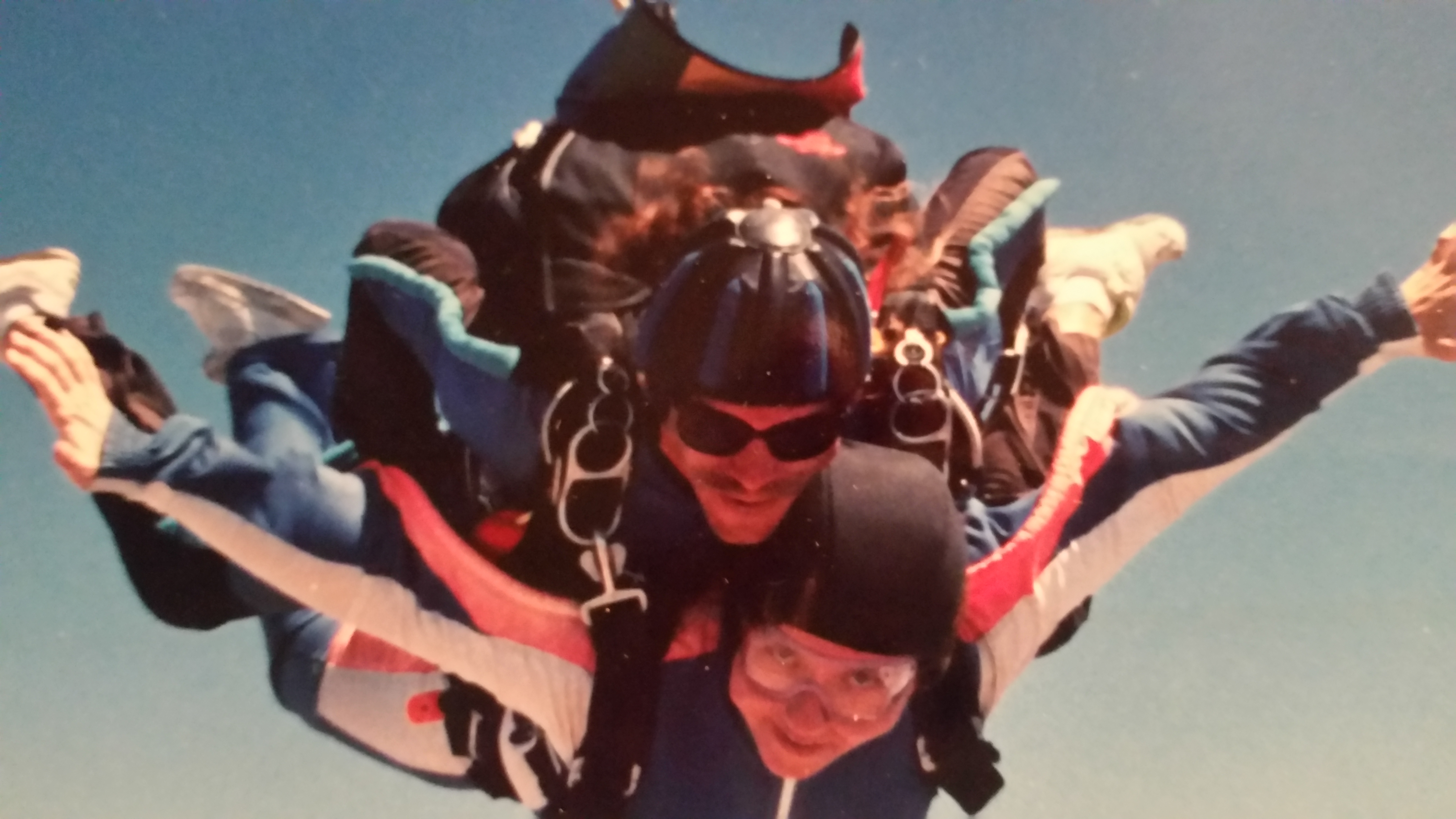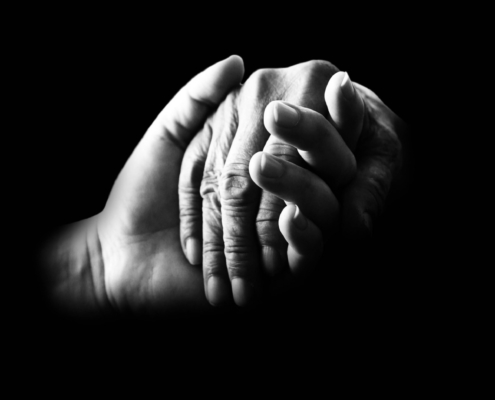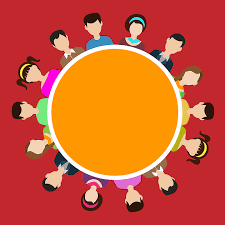Seasons change
 As we approach the time of “equal days and equal nights” and in the Northern hemisphere while we are transitioning from Summer into Autumn, let’s take a moment to reflect on the changing of the seasons. During Fall (Autumn) trees slow their growth, reduce their production of chlorophyll, and transform their leaves. There’s a natural cycle, a natural sequence. In the insect world, too, there’s a life cycle that takes its course in alignment with the changing of the seasons. It’s ongoing. And, it’s universal.
As we approach the time of “equal days and equal nights” and in the Northern hemisphere while we are transitioning from Summer into Autumn, let’s take a moment to reflect on the changing of the seasons. During Fall (Autumn) trees slow their growth, reduce their production of chlorophyll, and transform their leaves. There’s a natural cycle, a natural sequence. In the insect world, too, there’s a life cycle that takes its course in alignment with the changing of the seasons. It’s ongoing. And, it’s universal.
Cyclical.
Circular.
There’s a shape to the year.
As with the animals and the plants, it applies to us, too, of course.
We start off each year in Winter, and come back around the circle, lapping around the seasons, with a return back into Winter, and the start of another year. You may also think of the seasons in terms of quarters, each season representing one-fourth of the year. (See kids, it IS helpful to know at least a little math!)
So, for this year, we’re three-quarters’ of the way in! As with a harvest, it’s a good time to reflect and “take stock.” It’s also a good time to envision what you desire to continue or to have more fully flourish, for the remainder of the year. We’re heading into and leaning into the home stretch!
 Transitions
Transitions
Rhythm
Flow
From one to the next
A progressing
A stepping back
Surveying
A returning
Begin again
Yields of the fields
From within your own life, which of the “the fruits of your labor” from the past few months have come forward? Autumn’s harvest time is an ideal space from which to appreciate and partake in the blessings that abound, and that BELONG to YOU! Correspondingly, take a moment to reflect and decide — which ones would you like to let go, to release — to allow to die out, as they no longer serve you at this moment in time?
Take stock
As with a shepherd’s flock or a farmer’s field, this time of year, I invite you to take an inventory – an accounting, of your own life. From where you started your year, what desires have you been nurturing, watering, and tending to? Where have you directed your devotion and care? Which desires have you perhaps been neglecting?
Which of your “crops” did well, and really flourished? Were there some that produced abundant fruit? In contrast, which ones did not fare so well? Was there an adverse change in conditions along the way? Were there unforeseen storms that may have wreaked havoc with your field? If so, how did you respond? Going forward, are there adjustments you can can and would like to make?
For me, my year as you may recall started with bringing into fruition and to you, the first installment of Soul Notes, and this blog. I’ve been fulfilling my heart’s desire to bring this to you on or near the New Moon and Full Moon each moon cycle since January. I consider it an honor and a privilege to share these posts with you, and to bring forward my version of some of the wise teachings I’ve received from my mentors and from other influences I’ve sought out and benefited from during my spiritual journey.
Another of my heart’s desires this year has been to step into my role as a ceremonialist. Holding sacred space and conducting in-person women’s circles in and near my home, along with conducting Full Moon “Ceremonies in the Park” allows me to bring this desire out into the physical realm. During this time of ever-evolving technology, even with all its benefits, I also relish the sublime opportunity to connect person-to-person and to be in contact with the Earth and the natural world!
This year, I also held a Summer Solstice ceremony and celebration at my home. During that time, at the “mid-year mark,” we each set into motion our intentions and sacred commitments for the second half of the year. Three months later, I have revisited those intentions. I invite you to do so, too.
Growth Cycles
Birth
Rebirth
Annuals
Perennials
Seasons of the year ~ seasons of your life
As with the seasons of the year, it’s helpful periodically to take stock of your lifetime journey as well. Reflect. Evaluate. Surmise. Where are you in the seasons of your life? Are you ready to embark on a new chapter?
Allow your desires really, truly, FULLY to express themselves. If you’re feeling the inclination, the yearning, the pull to explore some “next steps” in this season of your life, in honor of your true desires, I wholeheartedly support you! Explore. Set out on the grand adventure. Dare to desire, and desire some more. Along the way, seek out a trusted guide. TURN ON YOUR SOUL. It’s time for a BIG let-go and let’s GO!
For your consideration:
Did you make intentions at the beginning of the year? Or, at the mid-year mark? (Or, even if perhaps you didn’t, I encourage you to take time to set some in motion now.)
As you survey your year, what do you notice? What has unfolded? What would you like to continue? What would you like to release? You get to decide. Choose, with confidence.
Okay, your turn:
Where are you at this point in your year? Take stock of your own personal growth. An accounting. An inventory. And, share what has come up for you.
I invite you to share your thoughts, feelings, and experiences by leaving a Reply in the Comments section, below. Soul-to-soul!

 It’s time to enjoy the wonder of the great outdoors!
It’s time to enjoy the wonder of the great outdoors!
 Ready for another of Yogi Bhajan’s 5 Sutras?
Ready for another of Yogi Bhajan’s 5 Sutras? Let’s consider the need to be heard. It’s a basic, fundamental need. We know when it’s being met. (And, we sure do feel it when it isn’t!) It feels wonderful to be seen, to be witnessed, and to be truly heard.
Let’s consider the need to be heard. It’s a basic, fundamental need. We know when it’s being met. (And, we sure do feel it when it isn’t!) It feels wonderful to be seen, to be witnessed, and to be truly heard.